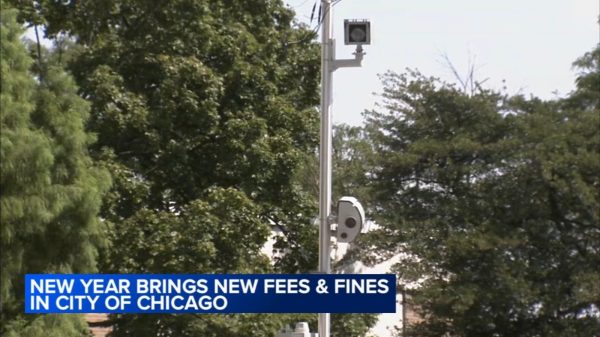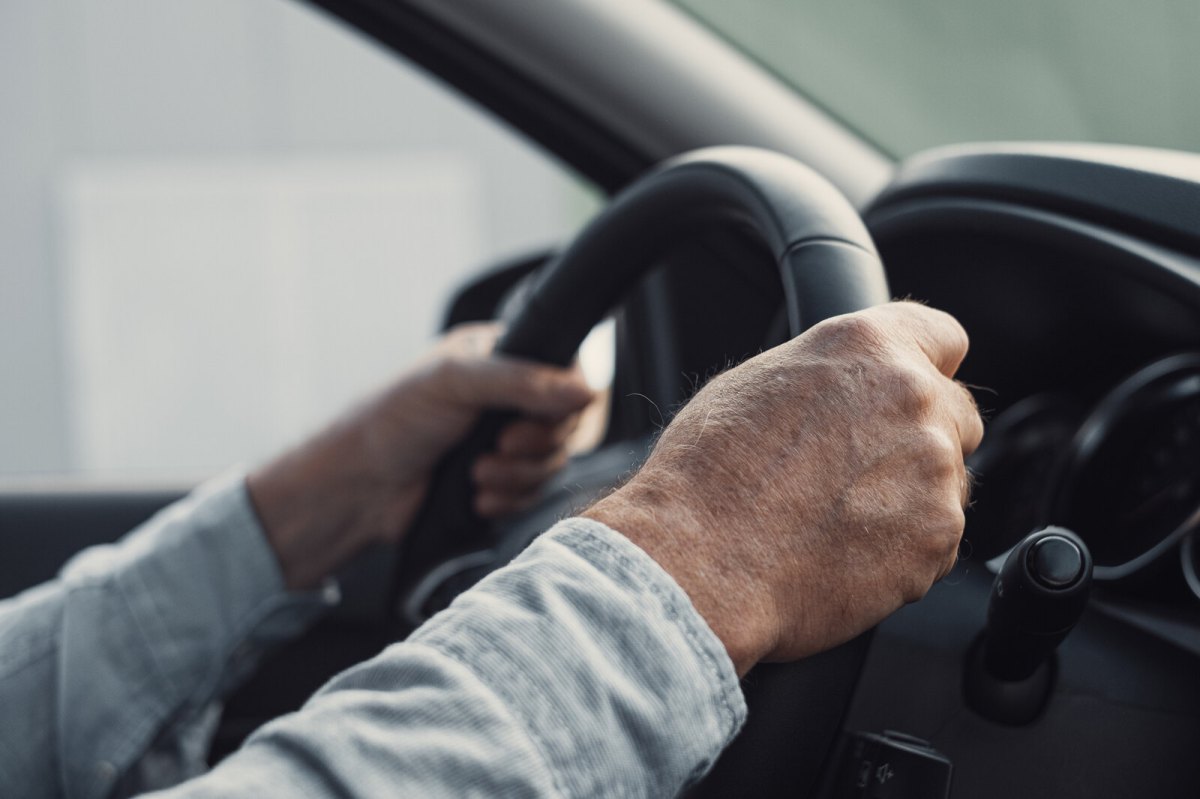
Over the years, operating a vehicle might gradually shift from second nature to a daunting – or even dangerous – task. Reaction times slow, eyesight weakens, and habits that once seemed harmless can become risky. While experience is a great advantage, older drivers must stay mindful of changes in their abilities and driving conditions. Making small adjustments can help maintain safety and confidence on the road. Below are 15 common mistakes older drivers tend to make, along with tips to avoid them.
1. Driving Too Slowly
Some older drivers go too slow, thinking it’s safer. But driving well below the speed limit can be just as dangerous as speeding. It frustrates other drivers and increases the chance of accidents.
2. Ignoring Blind Spots
Neck stiffness can make it hard to check blind spots. Relying only on mirrors is risky. Use extra caution, and consider blind-spot monitoring systems.
3. Misjudging Gaps in Traffic
Reaction times slow with age. Judging when to turn or merge becomes harder. Take extra time to assess gaps and avoid making rushed decisions.
4. Forgetting to Signal
Failing to use turn signals confuses other drivers. It leads to close calls and accidents. Make signaling a habit before every lane change or turn.
5. Riding the Brakes
Resting a foot on the brake pedal causes unnecessary wear and can confuse drivers behind. Use the brake only when needed to stop or slow down.
6. Missing Traffic Signs
Vision declines with age. Some older drivers don’t notice stop signs, yield signs, or speed limits. Get regular eye exams and stay alert to road signs.
7. Overreacting to Hazards
Sudden movements, like jerking the wheel or slamming on brakes, can cause accidents. Stay calm and react smoothly to unexpected situations.
8. Struggling with Night Driving
Glare from headlights and poor night vision make driving after dark difficult. If night driving becomes stressful, limit trips to daylight hours.
9. Taking Too Long at Intersections
Older drivers may hesitate too long at stop signs or lights. This can confuse or frustrate other drivers. Stay confident and move when it’s safe.
10. Failing to Adapt to New Technology
Modern cars have advanced features like lane assist and adaptive cruise control. Some older drivers ignore or misuse these tools. Take time to learn and use them correctly.
11. Driving While Drowsy
Fatigue affects reaction time and focus. Older adults may tire more quickly. If you feel sleepy, pull over and take a break.
12. Sticking to Familiar Routes Only
Avoiding highways or busy roads may feel safe, but it can limit mobility. Stay comfortable with different driving conditions to maintain independence.
13. Not Adjusting Mirrors and Seats Properly
Poor positioning leads to blind spots and discomfort. Adjust mirrors and seats before every drive to maximize visibility and control.
14. Ignoring Physical Limitations
Arthritis, hearing loss, and reduced flexibility can make driving harder. Adapt by using assistive devices and choosing a car that fits your needs.
15. Refusing to Give Up Driving When Necessary
Some seniors resist stopping, even when it’s unsafe. If driving becomes too difficult, consider alternatives like public transport, rideshares, or family assistance.
Aging doesn’t always mean giving up the freedom of driving, but it does require adjustments. By recognizing and correcting these common mistakes, older drivers can stay safer on the road and continue enjoying their independence. Regular health check-ups, staying up to date with new car technologies, and remaining open to alternative transportation can make a big difference. A mindful approach to driving ensures not just personal safety, but also the well-being of everyone on the road.

















































